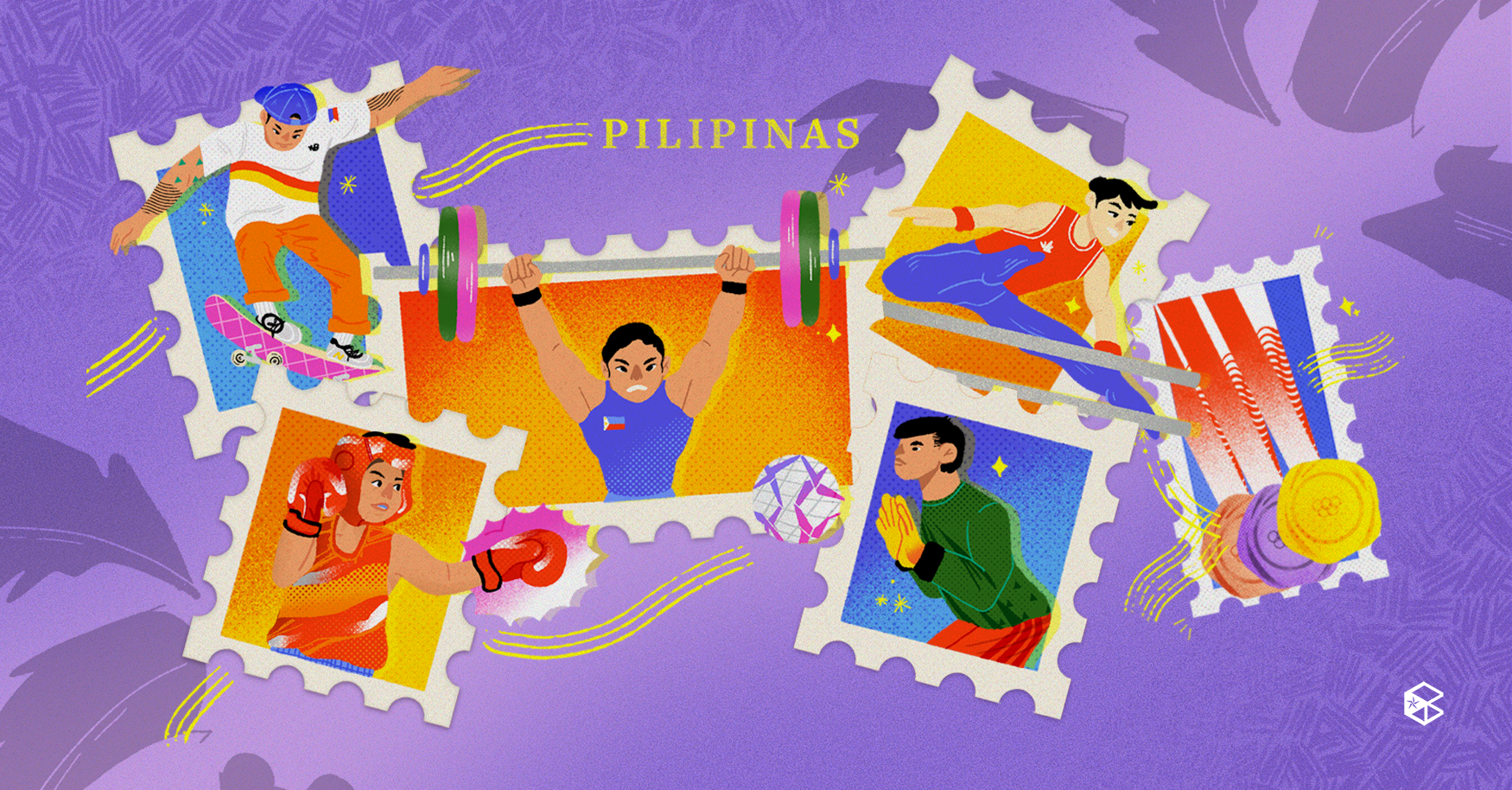Marking the country’s biggest medal haul in the most prestigious multi-sport international event in the world, the Tokyo 2020 Olympic Games had been, by far, the most historic Olympics for Filipinos. But along with one gold, two silver, and a bronze, was another victory that has the potential to change stereotyping in Philippine sports.
In a conservative country like the Philippines, gender stereotypes are byproducts of constantly living in a society dictated by gender roles. Brought about by the leftovers of the conventional past, boys are presumed to take up “masculine” sports like basketball and boxing while girls are expected to get into sports such as volleyball.
When viewed together, these notions underscore how gender norms shaped the Philippine sports scene and created a community where athletes who don’t fit the bill are under immense societal expectation and pressure.
Her, Him, and Them
Growing up, our local figures for boxing have always been names like Manny Pacquiao, Nonito Donaire, or Gabriel “Flash” Elorde; but it was not until Nesthy Petecio entered the scene and bagged a silver medal against Japan that the Filipina featherweight boxer proved that women can stand out in a combat sport. As reported by Rappler in August 2021, she even shared during an international press conference in Tokyo that her victory was dedicated to the LGBTQIA+ community.
Furthermore, when skateboarding finally became a medal sport, Filipina skateboarder Margielyn Didal made her mark at her first Olympics. Despite not being able to secure a medal, finishing at seventh place, she was able to capture the hearts of audiences with her bright and cheerful personality. Didal was also among the 168 Olympic athletes in the said competition who openly identified themselves as LGBTQIA+ members.
While we have representatives for precise punches and swift skateboard tricks, the Philippines also excelled in terms of exhibiting graceful splits and backbends—but this time, from a man. Finishing fourth in the final round of the men’s vault event, Carlos Yulo made strides in artistic gymnastics—a skillful and graceful sport often regarded as a sport for women, outcompeting seven other gymnasts.
And finally, the first Filipino gold medalist and Benildean Hidilyn Diaz redefined femininity when she lifted a combined weight of 224 kilograms in the women’s 55-kilogram class.
Diaz’s Olympic journey wasn’t always smooth sailing. Before the competition, she had to train and spend 18 months in Malaysia due to travel restrictions while seeking financial assistance through social media. But with passion, grit, and dedication, her drawbacks turned into gold after her record-breaking 127-kilogram heft in the clean and jerk event.
The tides are turning
As stories of these achievements take up our television screens, social media platforms, and radios, the whole country witnessed how, despite being a step away from the “norm,” these athletes went against the traditional notions and defied the odds. This kind of representation is changing the future of Philippine sports as it slowly creates a ripple effect, wherein the figures that we see in each sport are not limited or judged for their gender anymore. However, it also unfolded the concealed problems concerning people outside sports.
More than representation, gender equality is a process that requires a radical change in mindset and culture. In an interview with The Benildean, Ms. Rizza Mae Narvaez of UP Diliman Office of Anti-Sexual Harassment shared that abolishing gender stereotypes should start with fostering a gender-sensitive household through not limiting children to only engage in sports that are deemed fit for their gender.
“Kahit sino pwede maglaro. Hindi siya [sports] for masculine na tao or for feminine na tao. Everyone can do sports,” Narvaez emphasized.
According to her, sufficient financial support from the government is also a major key in shattering gender disparity in sports as this will establish more avenues for athletes to showcase their talents as well as for different sports associations to accommodate aspirants.
The long road ahead
With these four athletes leading by example, the future generations can finally have people to look up to, and maybe someday, be inspired and encouraged enough to enter the Philippine sports scene themselves.
But the fight should not end here. After all, gender equality and inclusion in sports go beyond celebrating athletes who participated in landscapes that they’ve been historically excluded from. It is about rethinking the sports infrastructure and redirecting it based on the experiences of the athletes who have been constantly subjected to discrimination, from in and outside the scene, fighting for inclusivity in sports to create a safe, welcoming, and inviting community.
As for us, fanatics and occasional spectators alike, the least we can do is to unlearn our stereotypical attitudes and promote inclusivity anywhere and everywhere.
As gender representation in Philippine sports finally comes into the spotlight, the once pitch-black path to gender equality is slowly illuminating. It may still be a dark and lengthy journey ahead, but we can find peace knowing there are those at the forefront, leading us toward a better and more inclusive future.
With reports from Chenelle Navidad and Joshua Lazaro
This article is also published in The Benildean Volume 8 Issue No. 1: Redacted.


